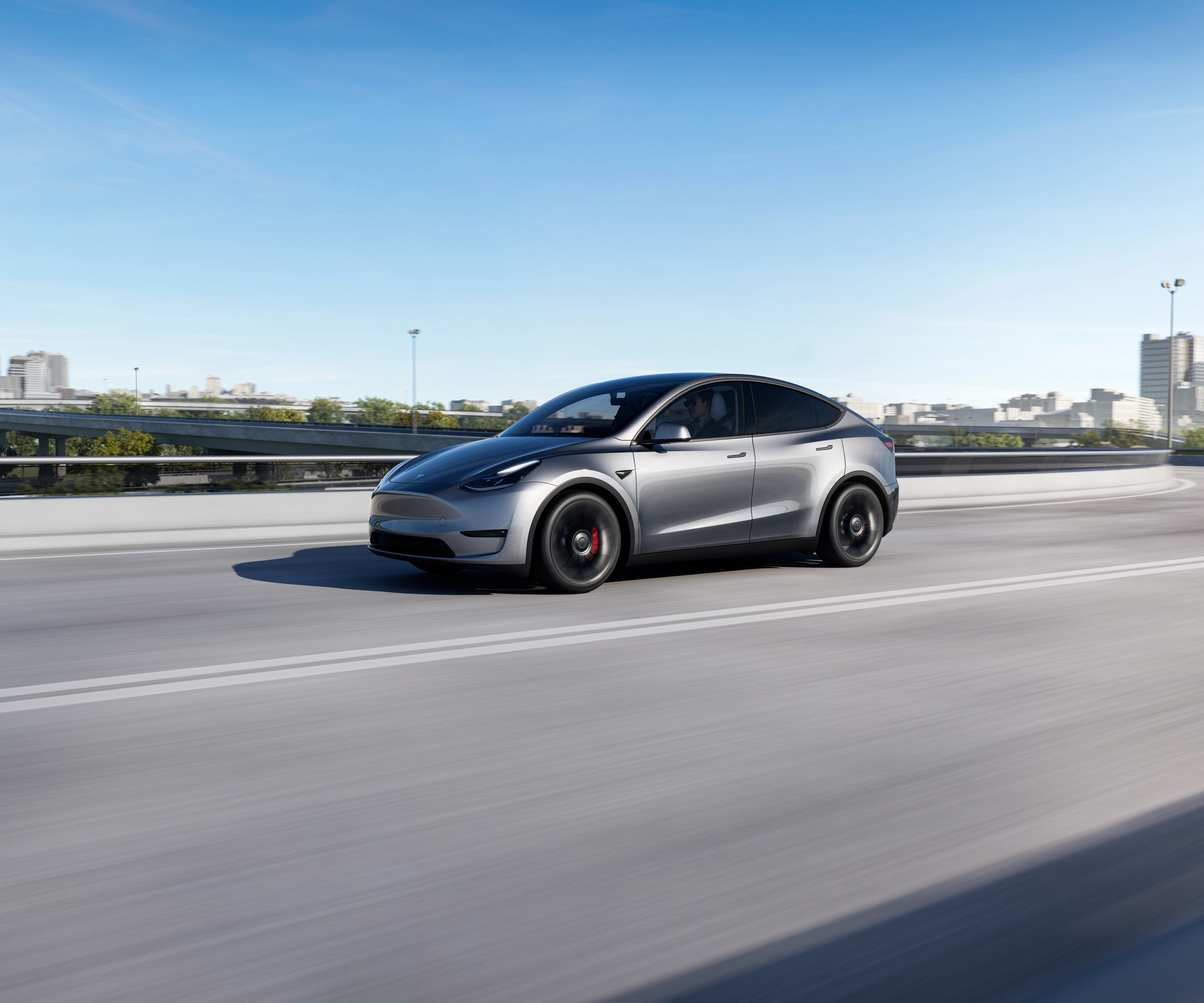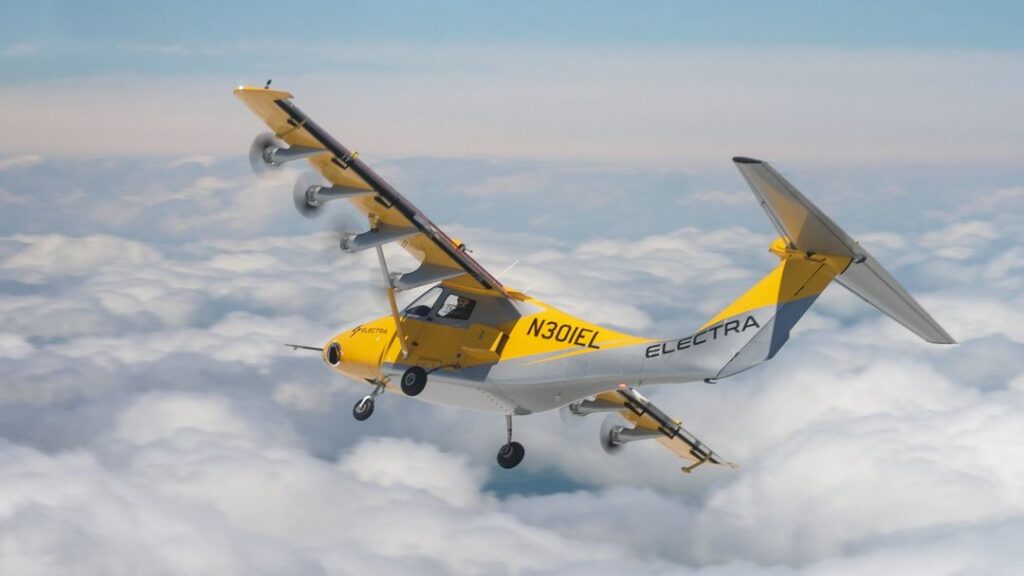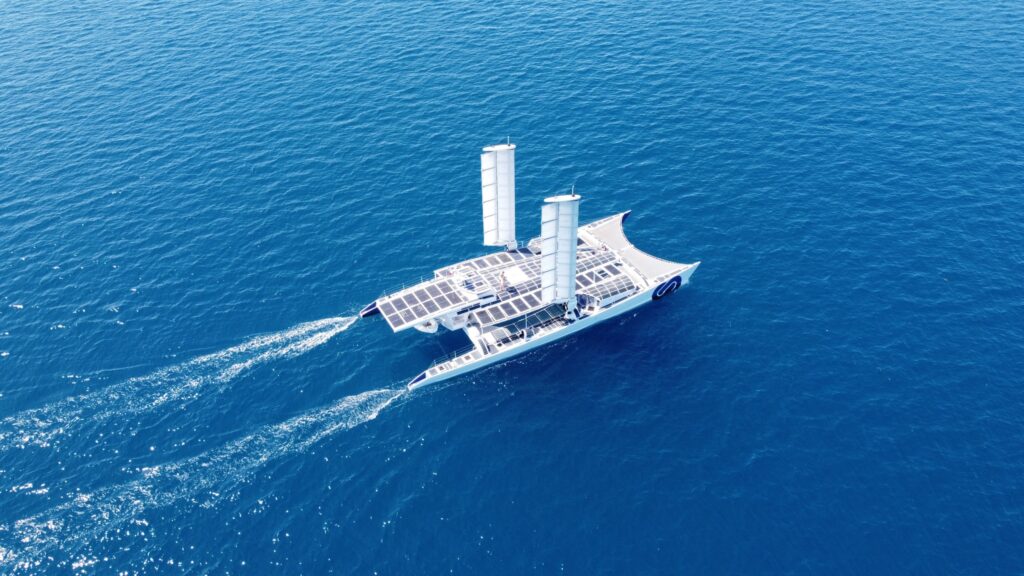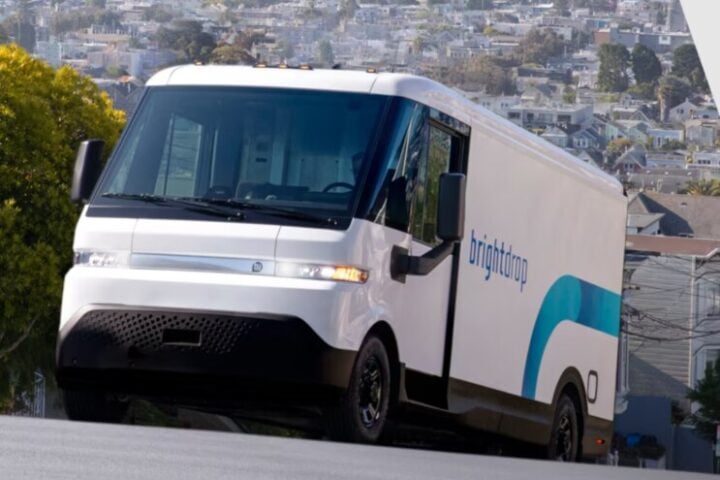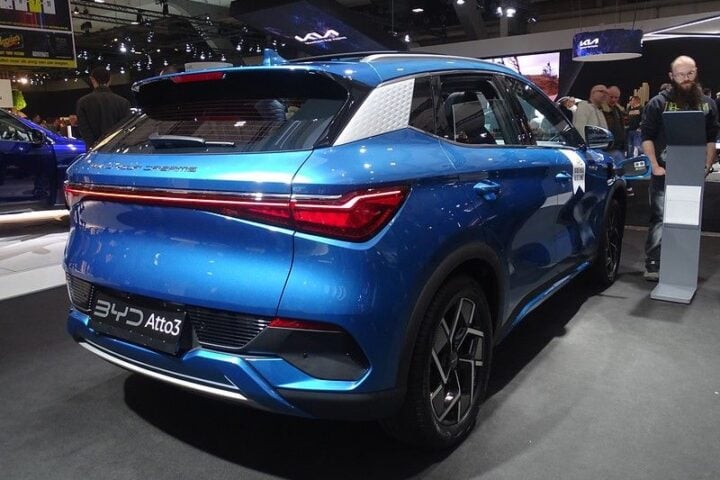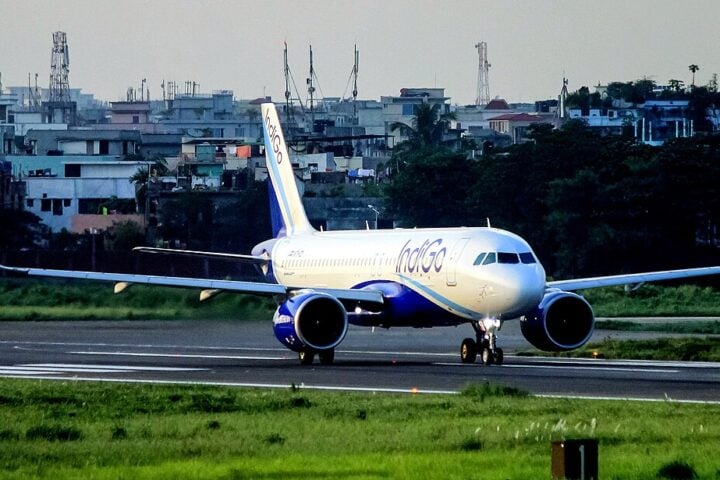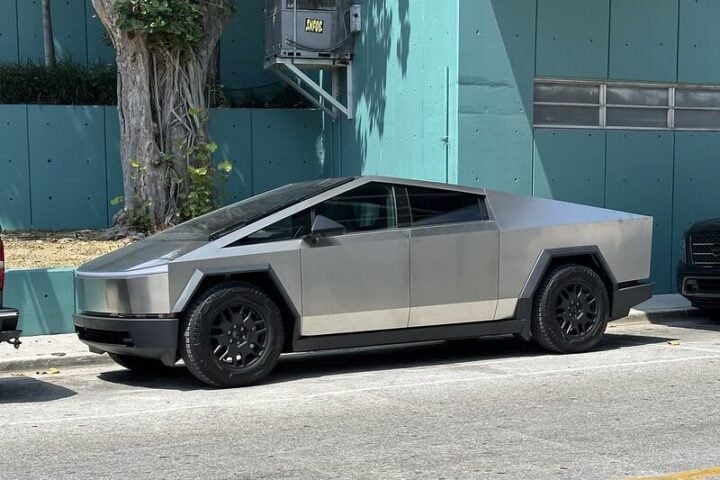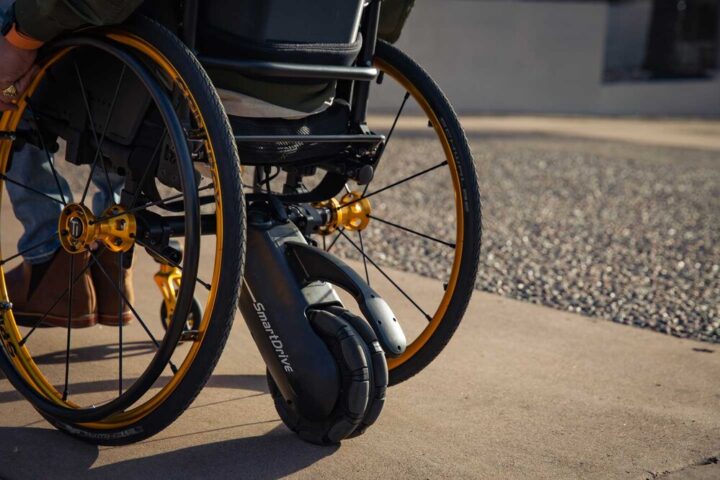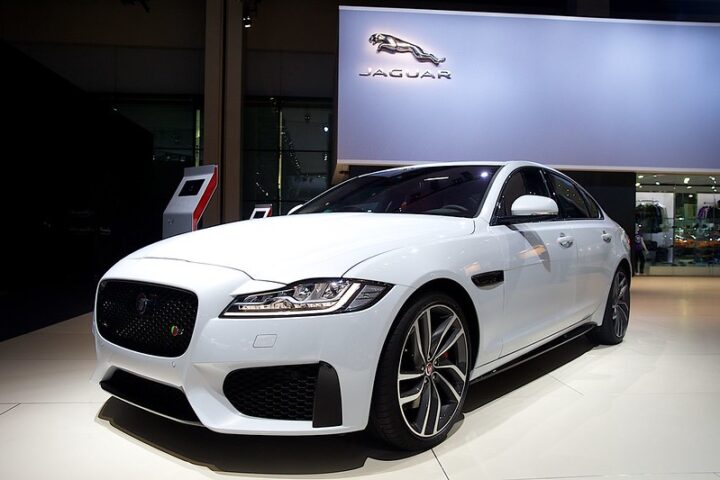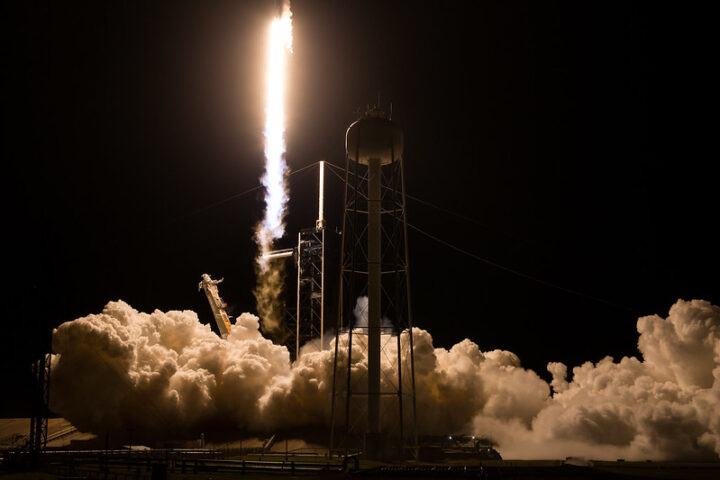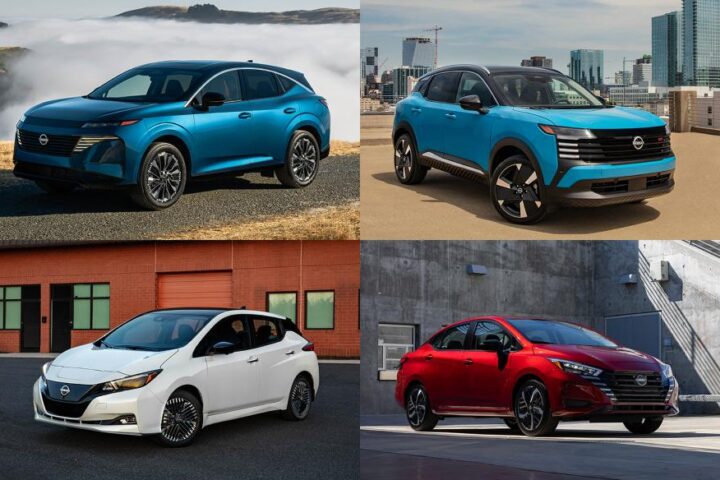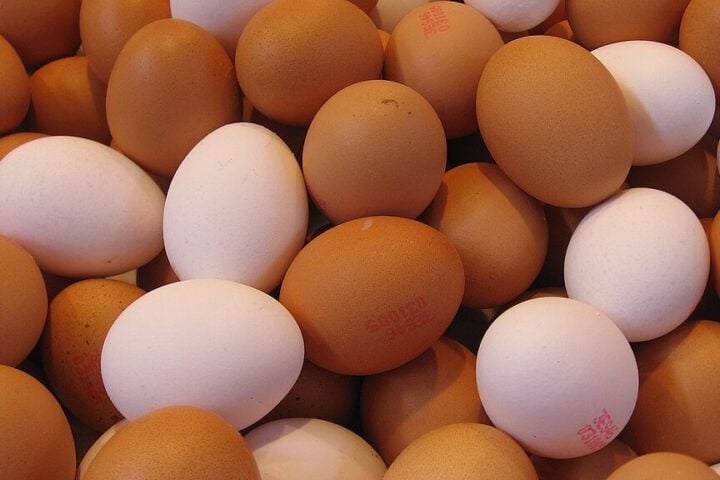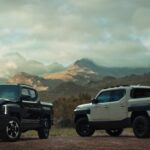Today, the single-pedal mode has once again sparked a heated debate in China. The cause of this debate is a recent draft for comments issued by the Chinese Ministry of Industry and Information Technology. It states that for vehicles with Type A or both Type A and Type B regenerative braking systems, the braking effect achieved by releasing the accelerator pedal in drive mode cannot bring the vehicle to a stop.
Simply put, under the new standard, releasing the accelerator pedal will still allow for energy recovery and the vehicle will decelerate. However, you must press the brake pedal to bring the vehicle to a complete stop; it will not stop without pressing the brake. The fact that this draft for comments has come to our attention also means that most car manufacturers support abolishing the single-pedal mode. But certainly, this would not include Tesla, as this has already become a hallmark of Tesla.
In the “Technical Requirements and Test Methods for Passenger Car Braking Systems” (draft for comments) published by the Chinese Ministry of Industry and Information Technology, a new regulation targeting the single-pedal mode was added: Under drive mode, the braking action achieved by releasing the accelerator pedal cannot bring the vehicle to a stop. This means that in the future, electric cars cannot stop solely by using regenerative braking; you must press the brake pedal to stop.
Although this is just a draft for comments and not yet confirmed for implementation, the news immediately caused an uproar. Many netizens expressed support for the ban! The likely reason is that Tesla owners accustomed to the single pedal mode keep their right foot on the accelerator, gradually becoming unaccustomed to using the brake. In emergencies, it’s easy to press the wrong pedal.
The biggest problem with the single-pedal mode is that it directly affects a person’s basic driving habits. Normally, when we drive, we press the gas pedal to accelerate and the brake pedal to decelerate. The logic is very clear. But in single-pedal driving, not only does pressing accelerate, but lifting off also decelerates, which can conflict with our driving habits.
In certain special situations, it’s easy to mistakenly think, “I am pressing the brake.” Especially in urgent moments, those accustomed to the “single pedal” may make a wrong action due to muscle memory. “Initially, there was endless debate over whether these incidents were ‘human error’ or ‘vehicle fault,’ until Tesla’s official investigation of the EDR (Event Data Recorder) revealed that the ‘brake failures’ were not due to the brakes being unresponsive, but rather the drivers mistaking the accelerator for the brake.”
Some Chinese Tesla owners must have mentioned issues related to the single pedal in some “brake failure” incidents. I think, when it comes to safety issues, things must be extremely simplified. The gas pedal should be just the gas pedal, and the brake should be just the brake. It should be that simple. If the single pedal is to be allowed, it’s not impossible.
Similar Posts
But further safety risks need to be eliminated, and the driving school training curriculum needs to be changed. Even a project assessing single-pedal use might need to be designed. Otherwise, letting people who have never experienced the single pedal massively use it, it’s frightening to think about. If nothing unexpected happens, the single-pedal mode will become history after July 27 this year, and Tesla might modify the function via OTA in China.
To think of it this is actually good news for Tesla. After all, there might no longer be any “brake failure” incidents in the future.
